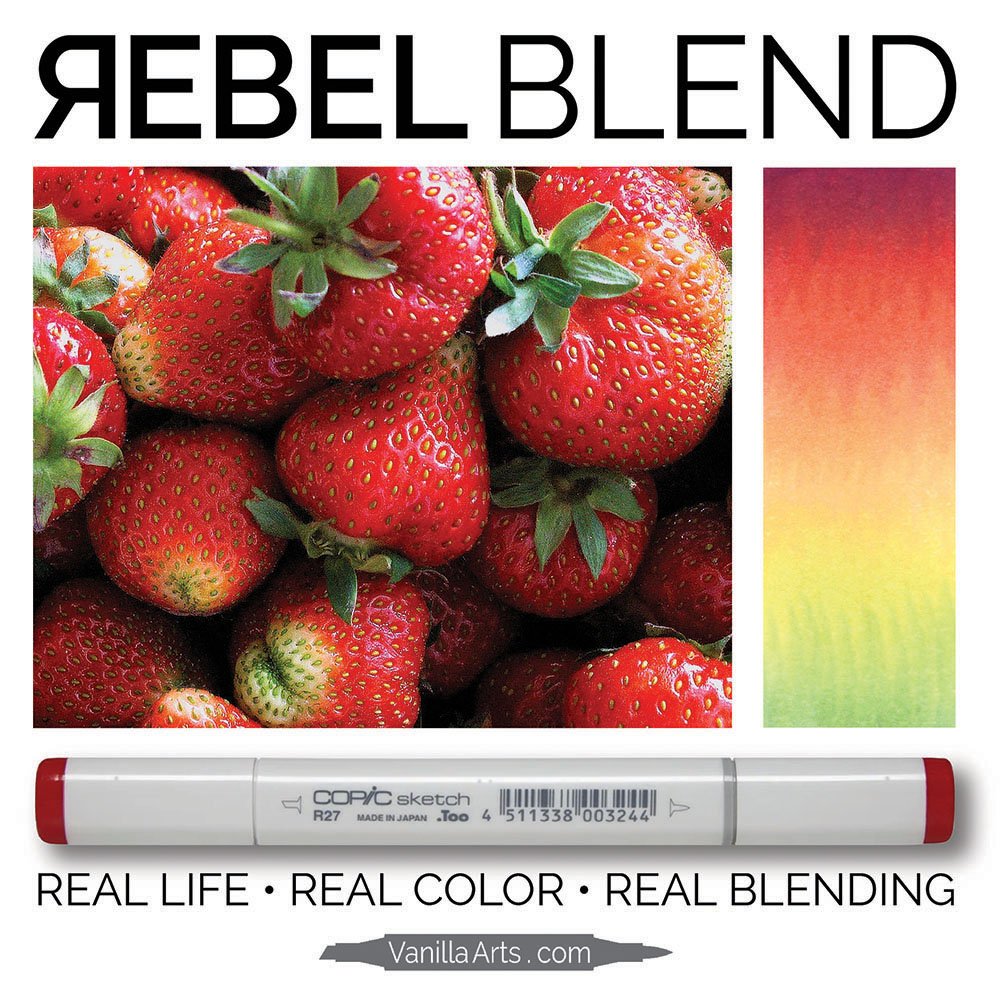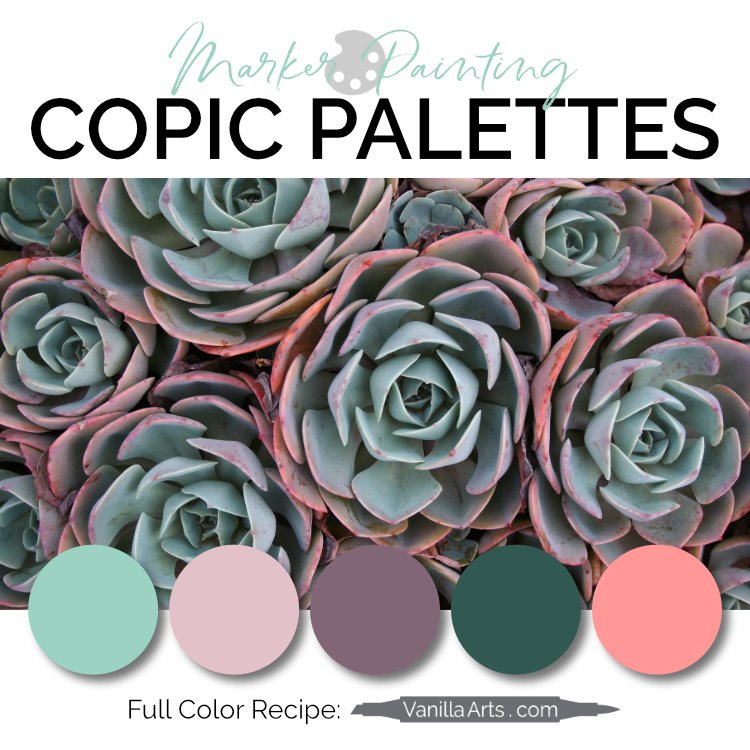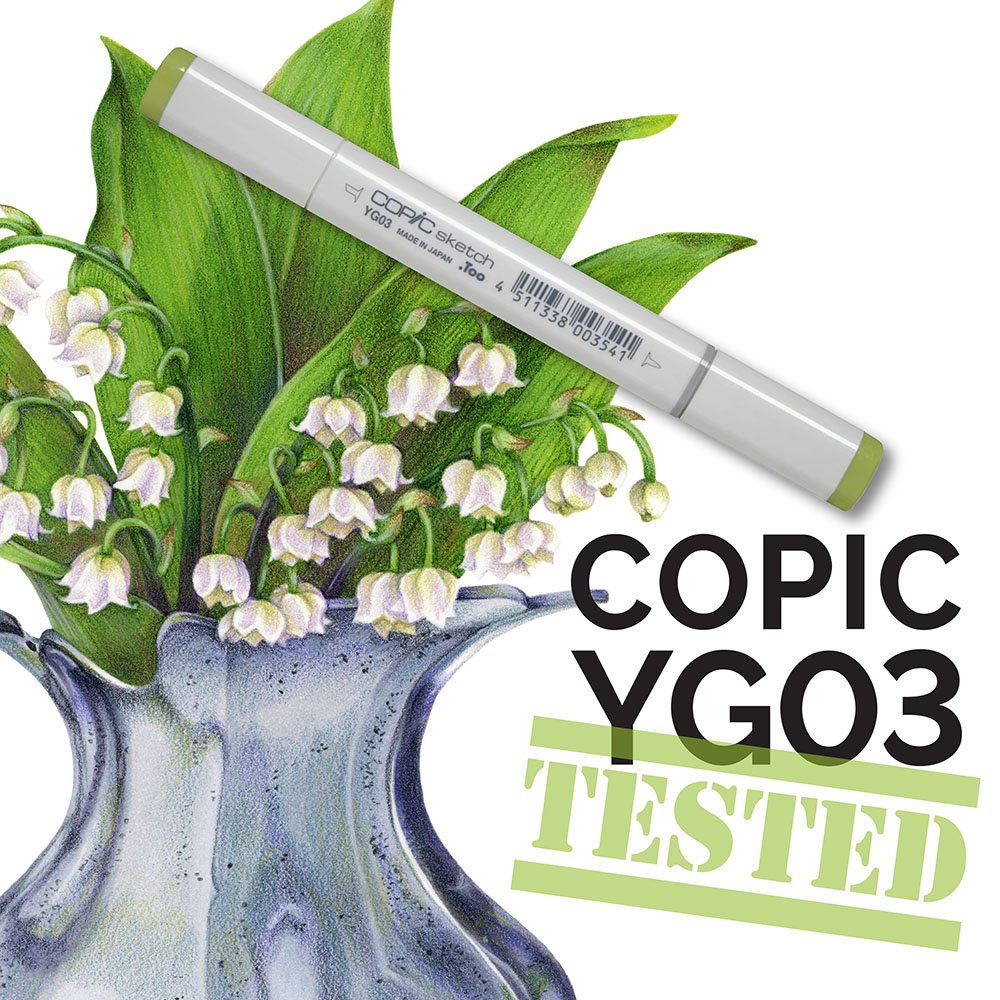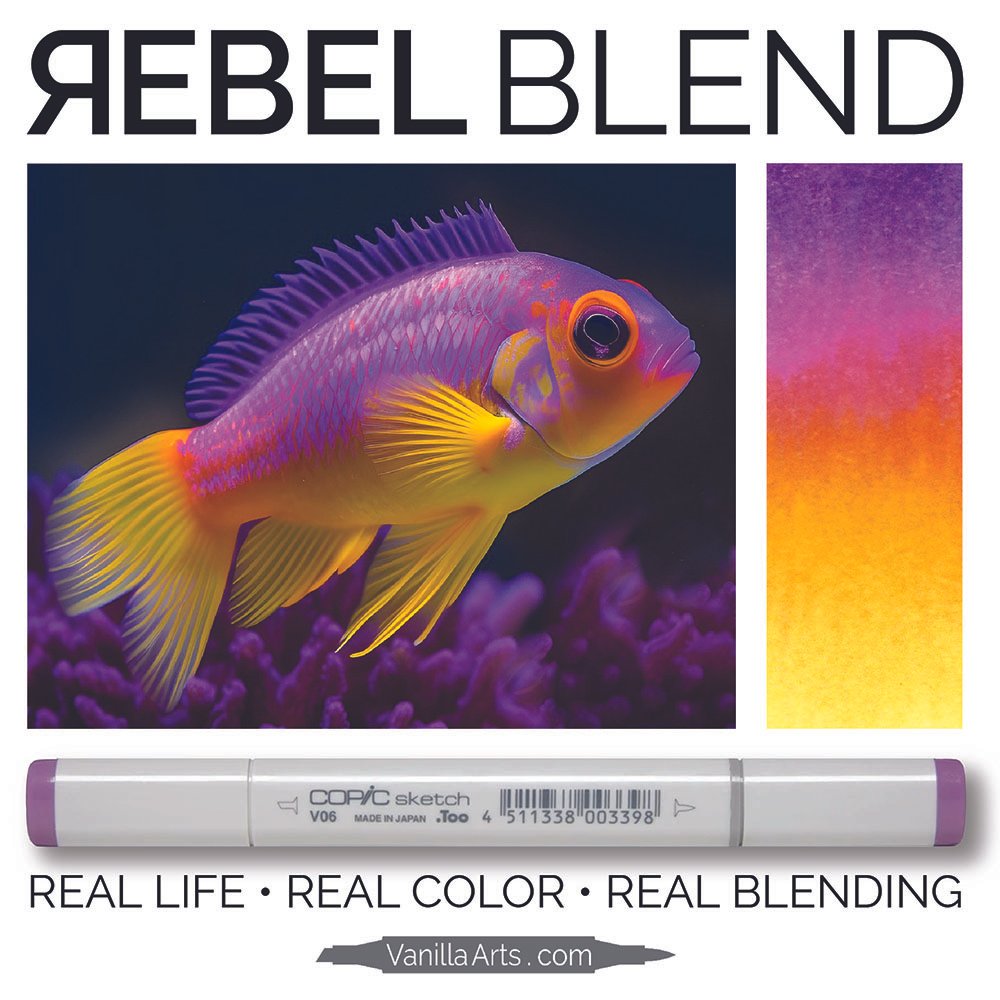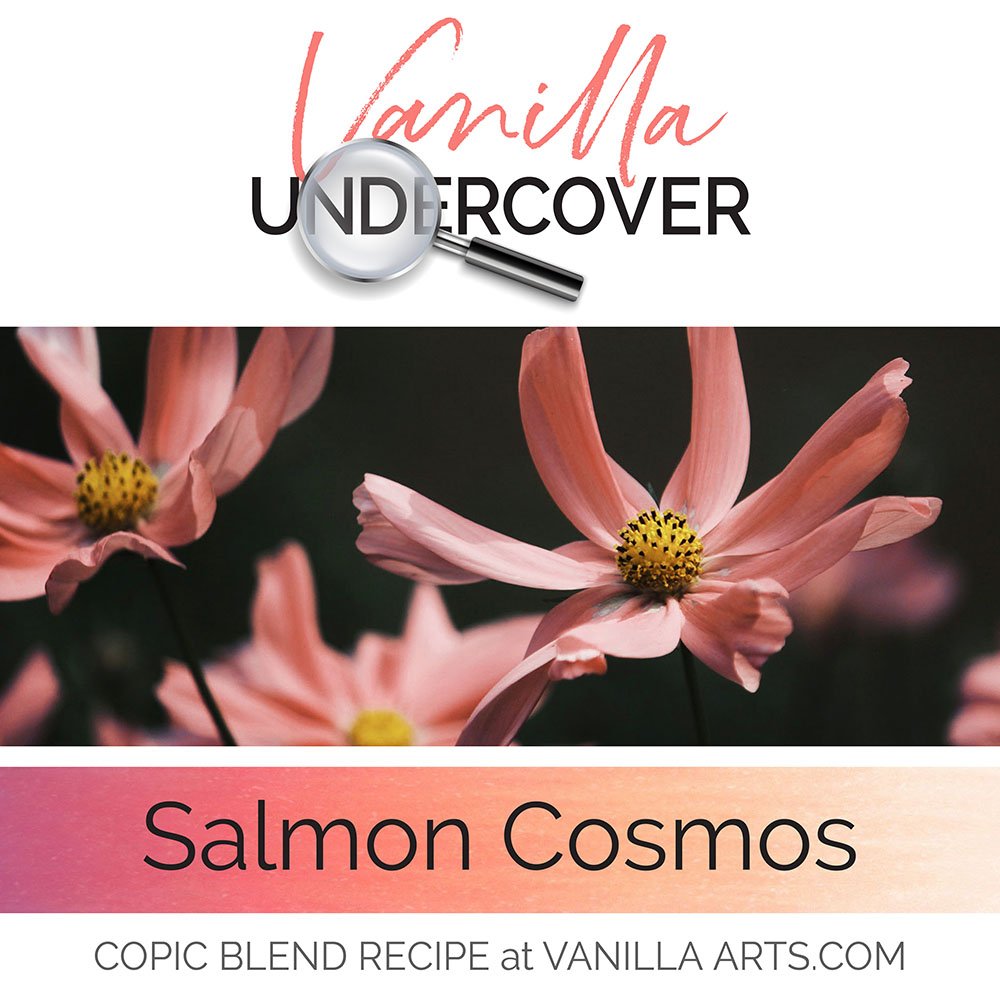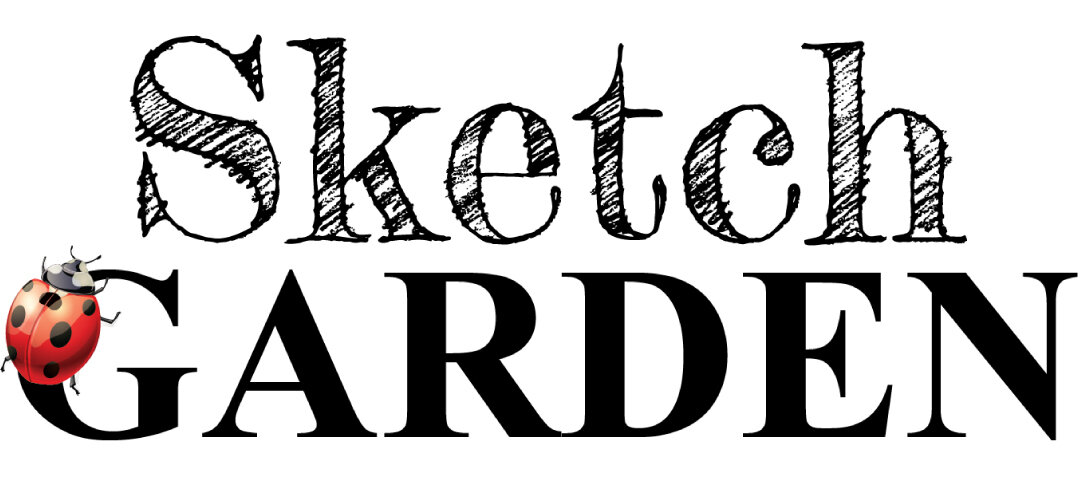Are you a fixer?
Readers of my weekly Vanilla Beans newsletters (subscribe here) have heard me mention the fixing process in the last two issues.
Yes, I’m a fixer.
But so is every other professional artist I know.
Fixing flaws, making adjustments, and making corrections is part of the artistic process. Nobody throws paint at a canvas and calls it perfect.
Artists labor over their artwork. Sometimes the adjustments are major, like adding a tree to balance the composition or painting over something that detracts from the focal point.
But the vast majority of fixes are so minor that you’d hardly even notice them.
I’m constantly fiddling with the temperature of things. I’ll add warm colors over the top of an object when it feels too cool (because cool colors tend to recede and feel far away). And I’ll cool something off when it feels too bright and boisterous.
I play with depth too. I push things deeper by adding more dark, desaturated colors or I’ll pull them forward by lightening and brightening certain areas. I almost never get depth right the first time, it’s a process rather than a single step.
I also reshape things a lot, especially with botanicals. I’ll round off the edges of things or loosen up the outline if that’s what’s needed. I’m rarely happy with the original way that I draw anything; shapes always morph as I work my way through the project.
Wise people know that everything in life requires some form of adjustment.
Are you a color-it-once kind of person?
I hope not.
It’s the equivalent of a race car driver who refuses to pit for fuel or a singer who knows the microphone isn’t working but continues to sing softly anyway.
Who does that?
Colorers. That’s who.
There’s this weird mindset within the coloring community that coloring is a one-and-done process. Once you color an area, you’re done with it forever.
Wrong.
So wrong it makes my left eye twitch…
Trying to get everything right on the first pass? Wow, that’s a lot of pressure to put on yourself.
But I can’t blame you. Tutorials never seem to mention the “go back and fix that thing you just did wrong” part.
And coloring bloggers and video makers try to present themselves as amazingly awesome coloring super-stars, so the parts where they screw things up often gets edited out.
I guess I can’t fault folks for thinking that they’re not very good at coloring when almost every Copic colorer you’ve ever seen pretends that they do things right every time and every step of the way.
The truth is...
...the good stuff really only begins to take shape when you go back and perfect things.
In the beginning stages, you color on white paper. Your colors will change as you build up more and more intense color throughout the project. There’s no way to predict how strong something needs to be at the beginning of a project. You absolutely have to go back and make value adjustments later- it’s part of the coloring process
Shapes change as you color the spaces around them. I usually do floral leaves before I color the petals. I almost always have to go back and reshape the leaves, especially when they overlap a blossom. Refining shapes is part of the coloring process.
Sometimes a shape isn’t what we thought it was. I can’t tell you how many times I’ve colored something as background, only to find out later that it was actually a flower petal or a lock of hair. You can’t skip that kind of correction. Correction is part of the coloring process.
And lastly, sometimes I look back and realize that some of my blends look choppy. As you work your way through any project, your blending gets better and smoother as you get into the groove. So it’s natural that you may need to go back and smooth the first few things you colored.
Are you sensing a pattern here? Smoothing your blends is also a part of the coloring process.
And yet in the coloring community, no one wants to admit this stuff.
But artists? Hoo boy, we mess up all the time and most of us will gladly talk at length about all the corrections we make. We kind'a take pride in rescuing projects that were heading southward... "man, I fixed the heck out of that area over there!"
The difference between a mediocre artist and a great artist is that great artists fix and adjust the mediocre stuff until it looks great.
Fixes are essential to making great projects
I’m a better colorer for making these changes.
I’m an honest colorer for admitting that I do this. It serves no purpose to pretend that I got it right from the start. Hey world, I almost never get it right from the start!
So the next time you’re knee-deep into some online tutorial or internet video, don’t beat yourself up for not coloring it all perfectly.
There are steps missing from that tutorial. They are not showing you everything.
Correcting and adjusting… we all do it.
You should do it too.
It’s okay to go back and fix things. In fact, it’s vital that you go back and fix things.
What’s the secret to amazing coloring?
It’s as simple as going back and making adjustments.







